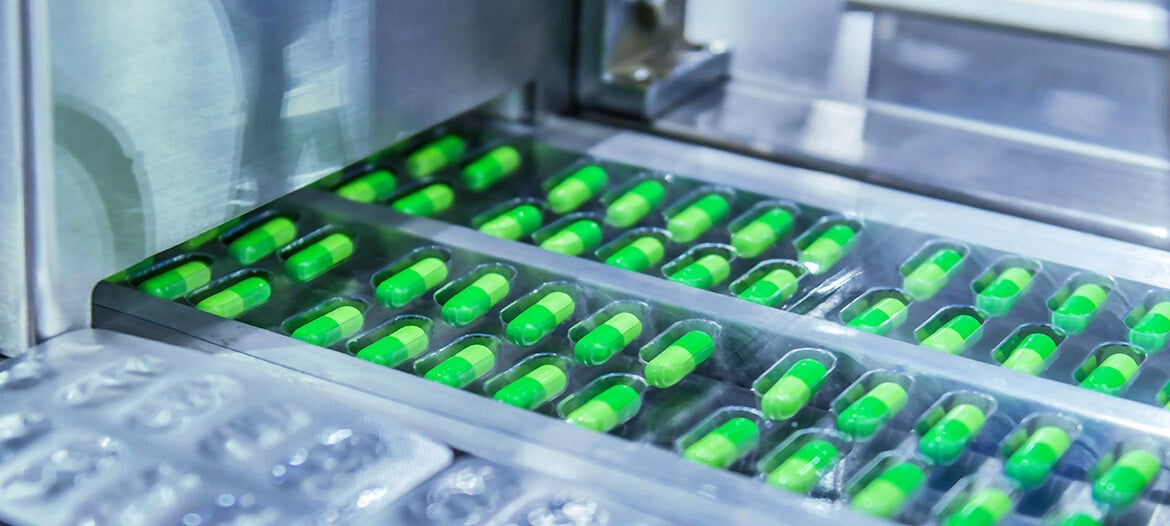Predicting Equipment Failure with Temperature Monitoring Data
During one of our recent ELPRO Leading Minds Seminars a participant asked if they could use temperature data monitoring in our central monitoring solutions to somewhat predict when a refrigerator or freezer might fail. The short answer is: absolutely!
We frequently talk to customers who proactively use their data for predictive analyses like this. Selecting the right temperature data monitoring system can help safeguard against the loss of irreplaceable material.
Take a cancer research site at Duke University Medical Center for example. One observant staff member was able to save irreplaceable, unique samples being stored in a liquid nitrogen freezer. “I had noticed by looking at the graphs (generated by the data logger) that the freezer was taking longer and longer to recover from each cycle and equilibrate back to appropriate temperature. Eventually it stopped reaching the temperature set point altogether and was warming up slowly over a period of weeks. When a technician attempted to service the condenser it crashed completely, but we were able to save all our samples because we knew it was coming,” she said.
The warning signs are in the data, and smart users evaluate it to help mitigate the risk of a total equipment failure. In fact, this analysis is extremely vital at biorepositories, where specimen are often irreplaceable.
Biorepository procedures typically require recording of the temperature of each freezer on a daily basis. At the Central Repository of the National Cancer Institute in Frederick, Maryland, temperature monitoring has been taken one step further. New procedures utilize the in-house 24-h temperature monitoring system to produce daily printouts of the fluctuation of temperature with time. These graphs are reviewed, and based upon an understanding of freezer compressor cycles, are used to identify potential problems with freezer function. These new procedures, which can be used to predict failure, have identified specific types of temperature traces that are indicative of a failure rate 2.9 times greater than normal.1
How can you reduce the risk of equipment failure?
The best thing you can do is ensure your monitoring system provides you with the following functionality:
-
Easy Analytics: You can use data to see trends in equipment cycling performance over time. Analytics are useful to help recognize malfunctions before a critical failure occurs.
-
Automated Reporting: Many systems, such as elproMONITOR, send sensor analysis reports via real-time email or text notification, prompting you to review performance on a regular basis.
-
Warning and Alarm Notifications: Temperature data monitoring systems with these customized settings can make staff immediately aware of certain conditions and excursions so users can take real-time action, conduct investigative research or move sample to a safe environment.
The video accompanying this article provides a real-world example of a complete freezer failure over time. At first, you can see where the freezer is cycling properly to maintain the appropriate temperature.

During the second phase, you can clearly see temperature spikes occurring during normal use, such as door opening.

Over time, you can see temperature spikes becoming more frequent and erratic. They also breach the alarm zones. This could indicate that the freezer is having difficulty maintaining proper set points and may require maintenance.
/csm_Ware_TempMonitoringScreenshot3_web_0a2f0004f4.jpg?width=300&name=csm_Ware_TempMonitoringScreenshot3_web_0a2f0004f4.jpg)
In the critical phase, the chart shows the temperatures running cooler and warmer than normal, for quite some time. This is another important clue that it may need maintenance.

In the final phase, you can see where the freezer ultimately fails and stops functioning.

All monitoring systems store and track data. Having the right analytics and reporting in place allow you to use it proactively to make predictive analyses, take action and significantly reduce risk--saving valuable or irreplaceable research.
Reference:
[1] Kathleen Grover, Karon Drew, and Judith Franke, Cell Preservation Technology, Dec. 2007.







Leave a Comment